World Fine Art Professionals and their Key-Pieces, 370 - Beata Marcinkowska
World Fine Art Professionals and their Key-Pieces, 370 – Beata Marcinkowska
In the month of June WM Gallery was hosting a special exhibition entitled ‘VENUS – The Great Return’. When I visited the exhibition I saw dozens of Venuses with beautiful hairstyles, beads and dresses, each more seductive than the next one. The inspiration for all these Venuses – created by the Polish artist Beata Marcinkowska – is the Venus of Willendorf.
The Venus of Willendorf is 11.1 cm tall and is dated between 24,000 and 22,000 BC. It was made in the Late Paleolithic and was carved from oolitic limestone not found in the area. It is colored with red ochre. The image is an idealization of femininity.
A full-bodied woman
There is no direct connection with Venus, the Roman goddess of love and beauty. Although, originally, Venus was an old Italic goddess of vegetation, protector of gardens and vineyards. So there could actually be an indirect connection between the love goddess Venus and the Willensdorfer Venus converging on the theme of fertility.
Beata Marcinkowska, the creator of the works, was happy to provide some explanation. Beata: “The figurine was found during an excavation at the beginning of the last century near the village of Willendorf in Austria and shows a full-bodied woman with wide hips, large breasts and clearly marked genitalia that emphasized eroticism and the ability of motherhood. Archaeologists have decided that the statuette would have served a ritual function, it might also have been a deity and thus, they called it Venus.”
The Great Return
The title “Great Return” symbolizes the exhibition heroine’s leap from the distant past to the present. “It is the return of prehistoric Venus, the first known ideal of prehistoric beauty, to the present day. There is also a second meaning to “The Great Return”. This is the time we had to wait to organize the exhibition after two years of failures resulting from pandemic restrictions. Originally, the exhibition was to be held in 2020.”
At the exhibition in Amsterdam, the image of Venus from Willendorf appears in as many as 58 scenes. These are small objects, similar in size to the original, made of plaster. However, they don’t show the entire figure of Venus. “They are realized as sculptures showing her only from the front. But there are also some complete Venus figures on display. These, however, are large, over a meter in size and made as full objects. The large figures of Venus are made of plastic, their shape is more simplified and more delicate. The face of the original Venus of Willendorf is hidden under an intricate haircut, in my versions, both the small and the large one is similar.”
Venus in the present
A large part of the exhibition is occupied by small images of Venus. There are as many as 52 objects framed in three-dimensional frames. Each object, despite being the same form, is different from each other. Beata: “I transfer the image of prehistoric Venus into various contexts. To this end, Venus has different skin colors, different clothes and accessories that make her stand out. Thanks to these measures, I check how the prehistoric Venus would fit in the present day, but also in other, more magical contexts.”
Each of her artistic interferences in this symbolic image of beauty is aimed at giving it an individual character. “It can be assumed that the multiplication procedure and the lack of facial features deprive Venus of its identity. In my opinion, thanks to this procedure and differentiation through other external features, every woman can see herself in the image of Venus as in a mirror, find archetypal images of herself. And every viewer watching new Venus characters can add their own personal stories. Venus in these new, non-obvious contexts certainly surprises, sometimes entertains, makes it impossible to take your eyes off each of them, often looking for an analogy to yourself.”
Why is Venus such an important theme to Beata?
“For me, Venus from Willendorf is of great personal importance. I was enchanted for the first time when I saw her at the Natural History Museum in New York. It was an almost mystical experience, emphasized by the unusual way of displaying this small figure. The light brought her out of the darkness of the room in which she was located. At that time, I only saw a replica of the real Venus from Willendorf, because the original is in the Natural History Museum in Vienna. But from that moment on, this little sculpture became my personal goddess who inspired me to seek an artistic expression for femininity: liberating, revealing, affirmative and joyful.”
Symbol of femininity
There was a reason she was the first to make Venus of Liberty in 2009. It was large, over one meter high red Venus with a diadem around the head and a light on the inside. “For me, it has become a symbol of femininity, but one created by women, not one that is a construct of the male world. A feminine that has nothing to do with the thought patterns imposed by patriarchal culture.”
Her goddess Venus is also an excuse to ask herself about one of the most important manifestations of female identity, which is the body. “Since nowadays the body has become a task for women, you still have to do something to define this body in some way, to be able to accept it. Therefore, the average or even less than average woman’s body is subjected to constant external pressure. Women still do things that are uncomfortable for them, because that is what culture requires from them. The consequence of these reflections was the large series of works entitled “In the Matrix of Femininity” carried out in 2010 and 2011. The inspiration for it was the conversations I recorded with women about femininity.”
An Intermedia artist
Beata Marcinkowska has been an artist from childhood, she says. “Unrestricted artistic creation was present in my life every day and it was childishly honest.” She has been a professional artist since graduating from art studies. “In 2011, I did a doctorate in the field of fine arts. I am saying that I am an intermedia artist because I often undertake interdisciplinary activities.”
Apart from objects and installations, she also makes animations, collages, land art and performances. “I often use sound in my projects, I also use my own voice during performances. The topics of my works and activities are always related to various aspects of modern man’s life, his identity and culturally attributed features, as well as the symbolism of the body nowadays. However, Venus doesn’t appear in all of my art projects.”
Hometown of Łódź
Beata Marcinkowska takes part in individual and collective exhibitions as well as artistic actions, transmedia and sitespecific activities. An important part of her artistic life is designing and conducting art workshops for children, teenagers and adults. “I carry out my own artistic and social projects for the inhabitants of my hometown of Łódź. I am also the author of school textbooks and exercise books for children approved for school use in Poland.
Beata finally: “I am curious about the reactions from Amsterdam to this exhibition.”
Images
1) In Matrix of Femininity 2, 2) Venus – the Great Return (Angel) 2020, 3) Venus – the Great Return (Camouflage) 2020, 4) Venus – the Great Return (from the series of Pandemic Meetings), 2020, 5) Venus – the Great Return (from the series of Swimmers), 2020, 6) Venus – the Great Return (Miami Beach), 2020, 7) Venus my Friend (Dutchwoman 1) 2019, 8) Venus of Liberty, 2009, 9) the original Venus, 10) Beata Marcinkowska
https://gallerywm.com/WP/beata-marcinkowska-venus-my-friend-03-06-02-07-2022/https://www.artystkaartystce.eu/en/beata-marcinkowska-2/
Disclaimer: The views, opinions and positions expressed within this guest article are those of the author Walter van Teeffelen alone and do not represent those of the Marbella Marbella website. The accuracy, completeness and validity of any statements made within this article are not guaranteed. We accept no liability for any errors, omissions or representations. The copyright of this content belongs to Walter van Teeffelen and any liability with regards to infringement of intellectual property rights remains with the author.

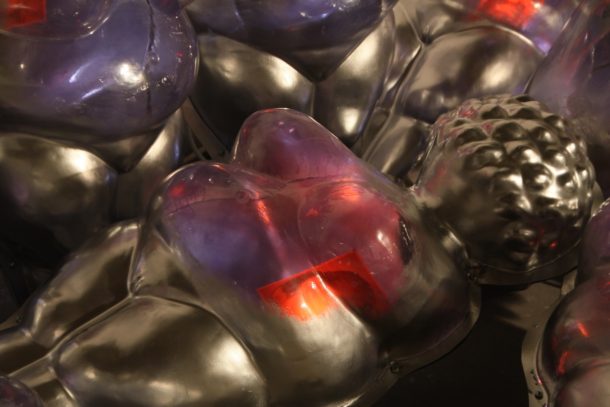
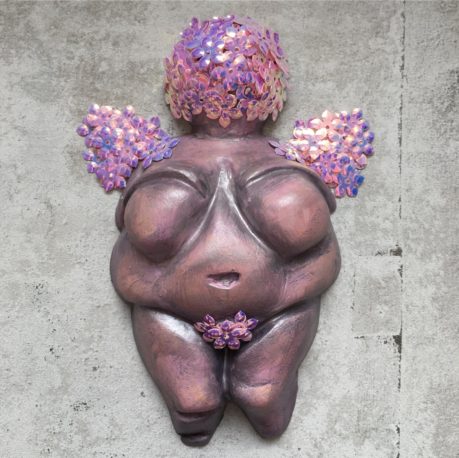
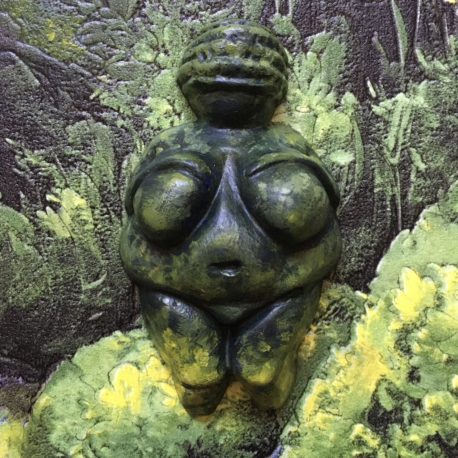
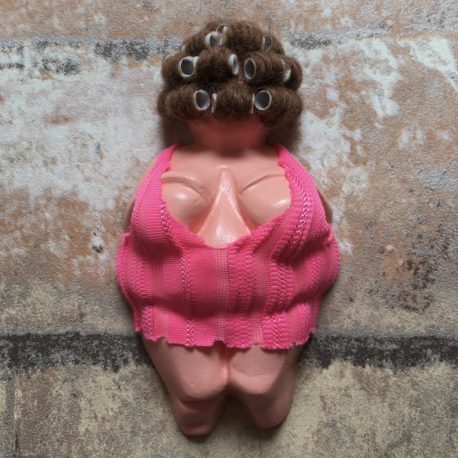
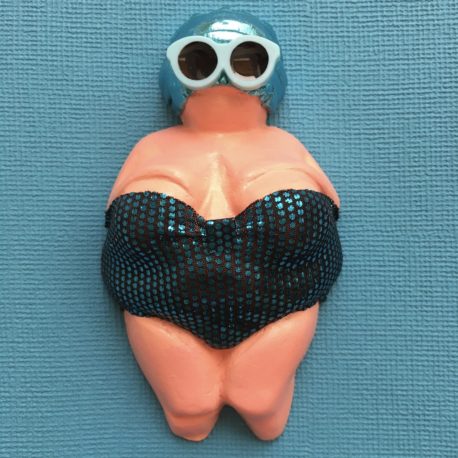
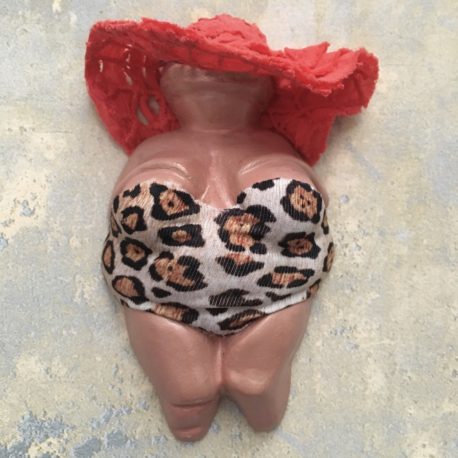
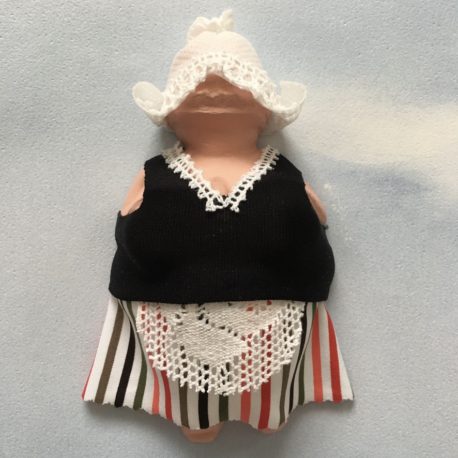
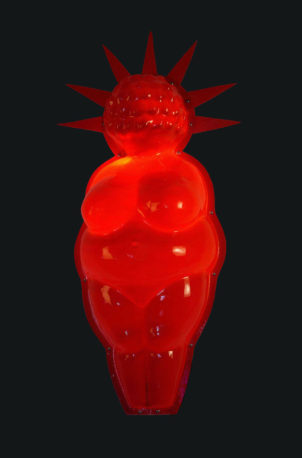

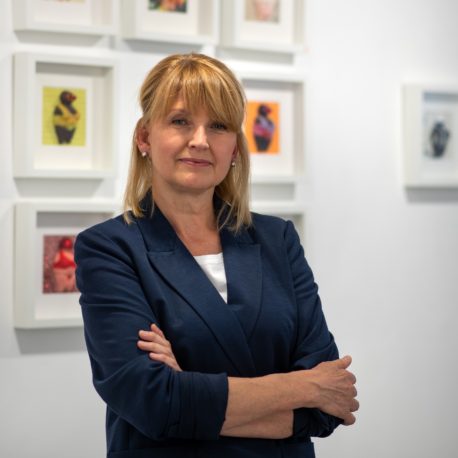














The opinions expressed by individual commentators and contributors do not necessarily constitute this website's position on the particular topic.